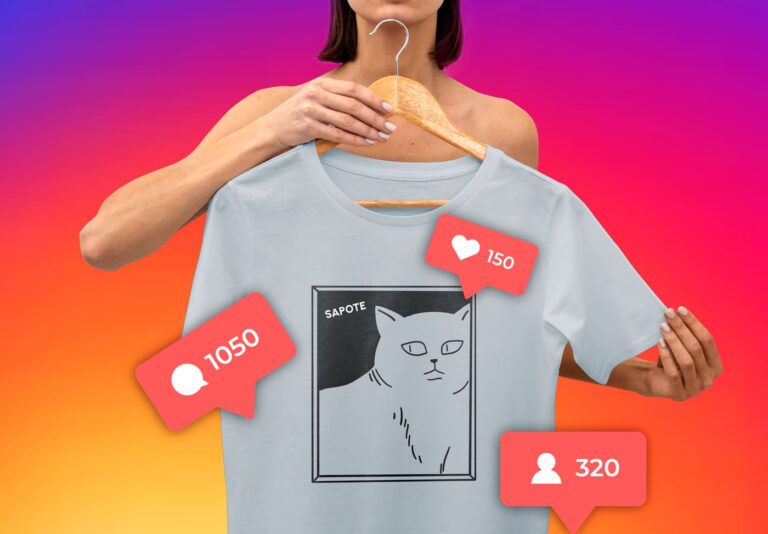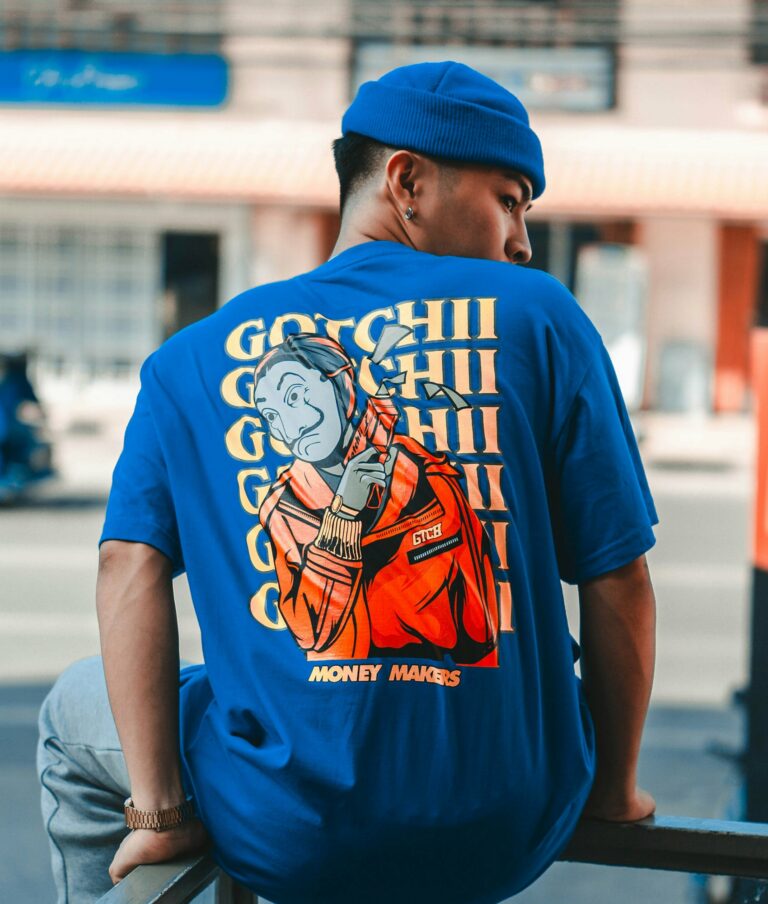5 Merchdrops that made the Internet say: “Shut Up and Take My Money”

hejdi
June 11, 2025
When creators launch merch, magical things happen. Here are five legendary merch drops from creators that prove the right hoodie, t-shirt or cap can generate millions and create hysteria on the internet.
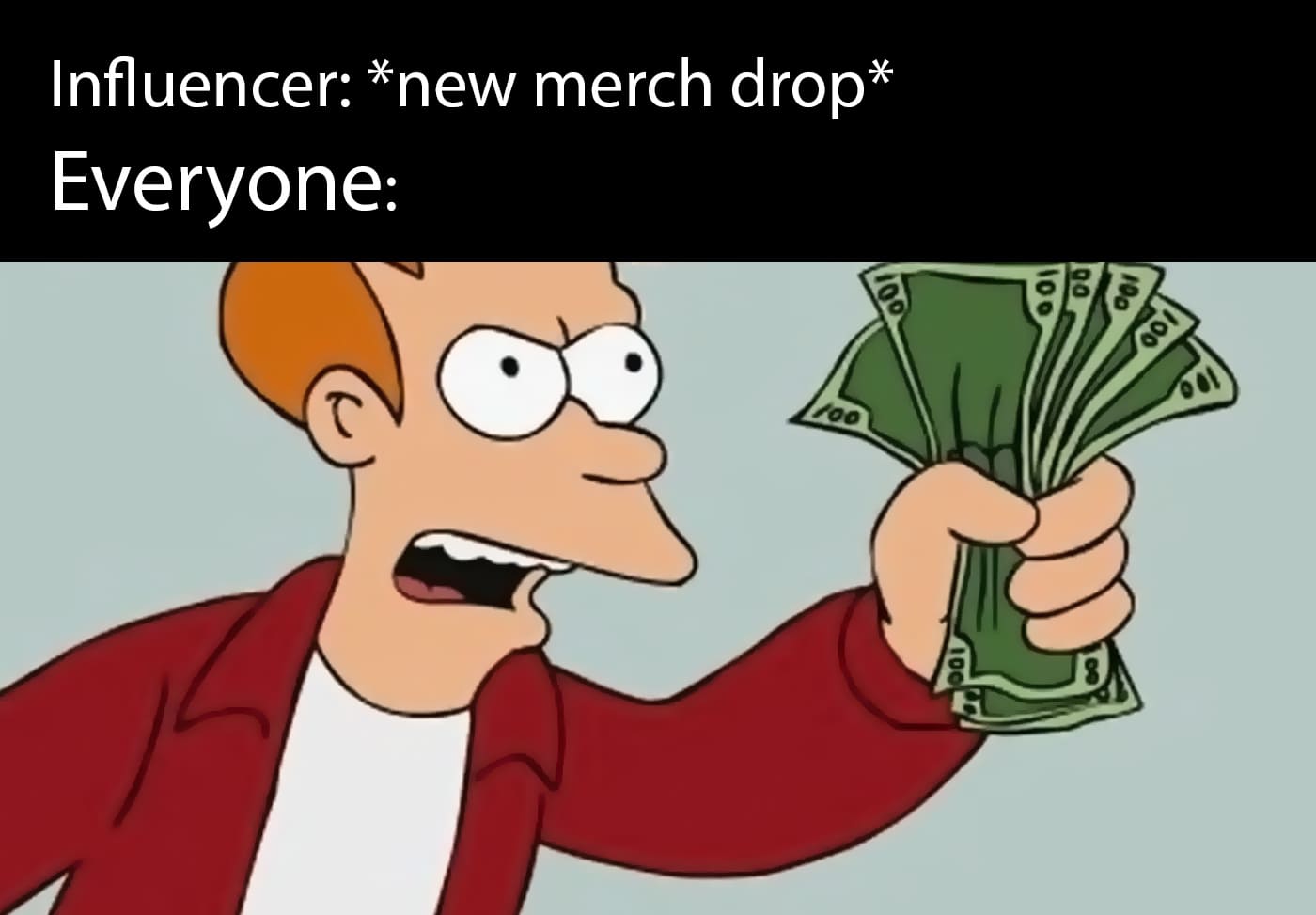
1. PewDiePie’s “Bro Army” & Tsuki Collection – From Basement to $42 Million
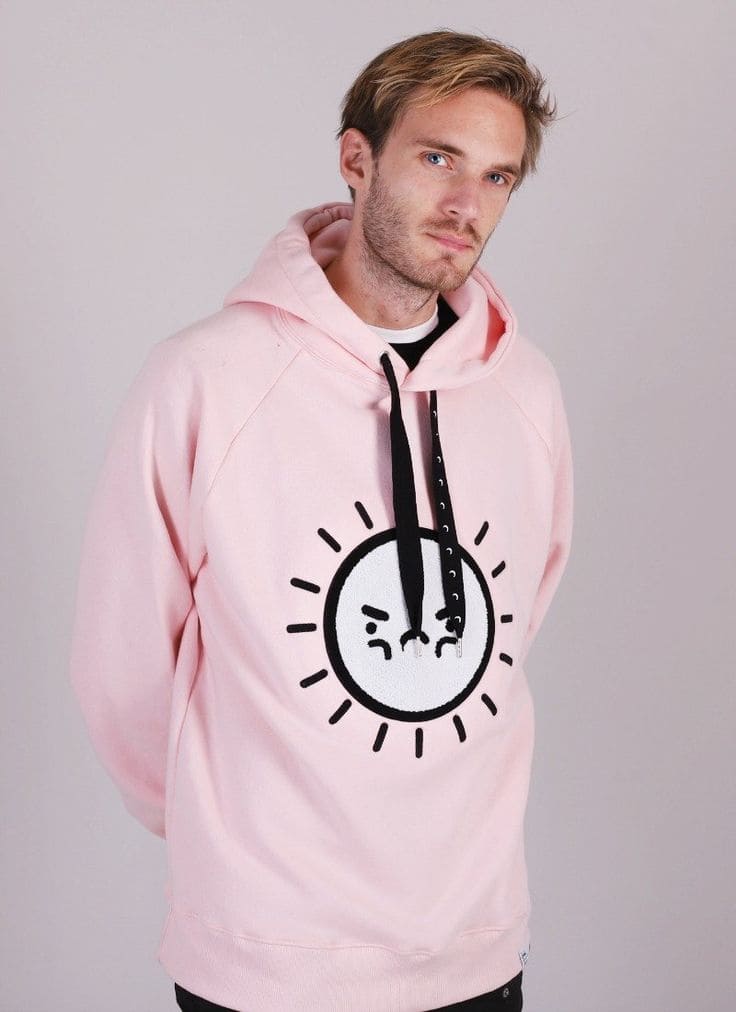
What happened?
Felix “PewDiePie” Kjellberg started with simple “Bro Army” t-shirts in 2012 and built one of the world’s biggest creator-merch empires. His Tsuki collections sell out in minutes and his hoodies have become legendary within the YouTube community.
Why did it become so big?
Long-term community-building: 10+ years of building the world’s most dedicated fanbase Quality over quantity: Limited drops with premium quality
Authentic design: Felix himself designs and wears the products
What do the figures say?
- $42 million total merch revenue according to Influencer Marketing Hub
- Top 1 YouTuber in merch sales according to License Global
- Millions of dollars per drop during peak periods
- The lockout in minutes for popular designs
What people said:
“PewDiePie ranks as YouTube’s top earner of branded merchandise sales” – License Global
“He has also made nearly $42 million from merchandise earnings” – Influencer Marketing Hub
Lessons for merch creators:
- Consistency builds empires – 10+ years of regular content and merch
- Community first – Merch that reinforces belonging, not just clothes
- Limited drops – Scarcity creates desperation and FOMO
2. Logan Paul’s Maverick Clothing – $40 Million in One Year
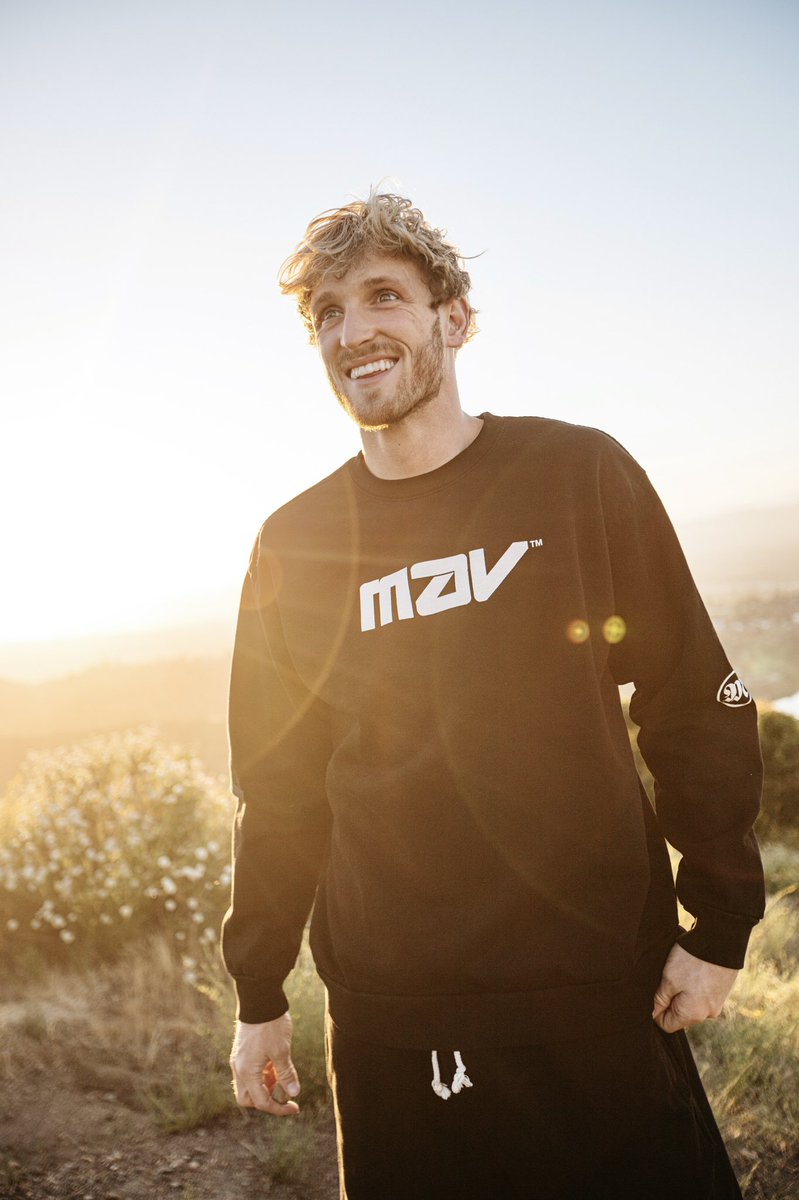
What happened?
Logan Paul launched Maverick Clothing in 2018, turning his controversial personality into a million-dollar clothing line. Despite (or perhaps because of) the drama surrounding his persona, Maverick became one of the most successful influencer clothing lines ever.
Why did it explode?
Perfect timing: Launched during Logan’s peak on YouTube and boxing hype
Controversial marketing: Drama = attention = sales
Premium positioning: High prices that made fans feel exclusive
Livestream drops: Selling merch live during big events
What do the figures say?
- $30-40 million first year according to Logan himself on Impaulsive
- Millions of dollars per drop during peak periods
What people said:
“In its first year, Paul shared on Impaulsive, the company made between $30 and $40 million” – TubeFilter
“Logan Paul’s clothing brand, Maverick Clothing, achieved incredible success, hitting a million dollars in sales not just once, but multiple times in a row” – Roland Frasier
“Controversial vlogger Logan Paul has said that his Maverick Clothing line made over $30 million in its first year, 2018” – Medium
Lessons for merch creators:
- Controversies can sell – but be careful with brand reputation
- Event-driven merch drops – Link launches to big moments
- Premium prices – Fans pay more for exclusivity
3. MrBeast’s Shop Collection – $2.25 Million Per Month
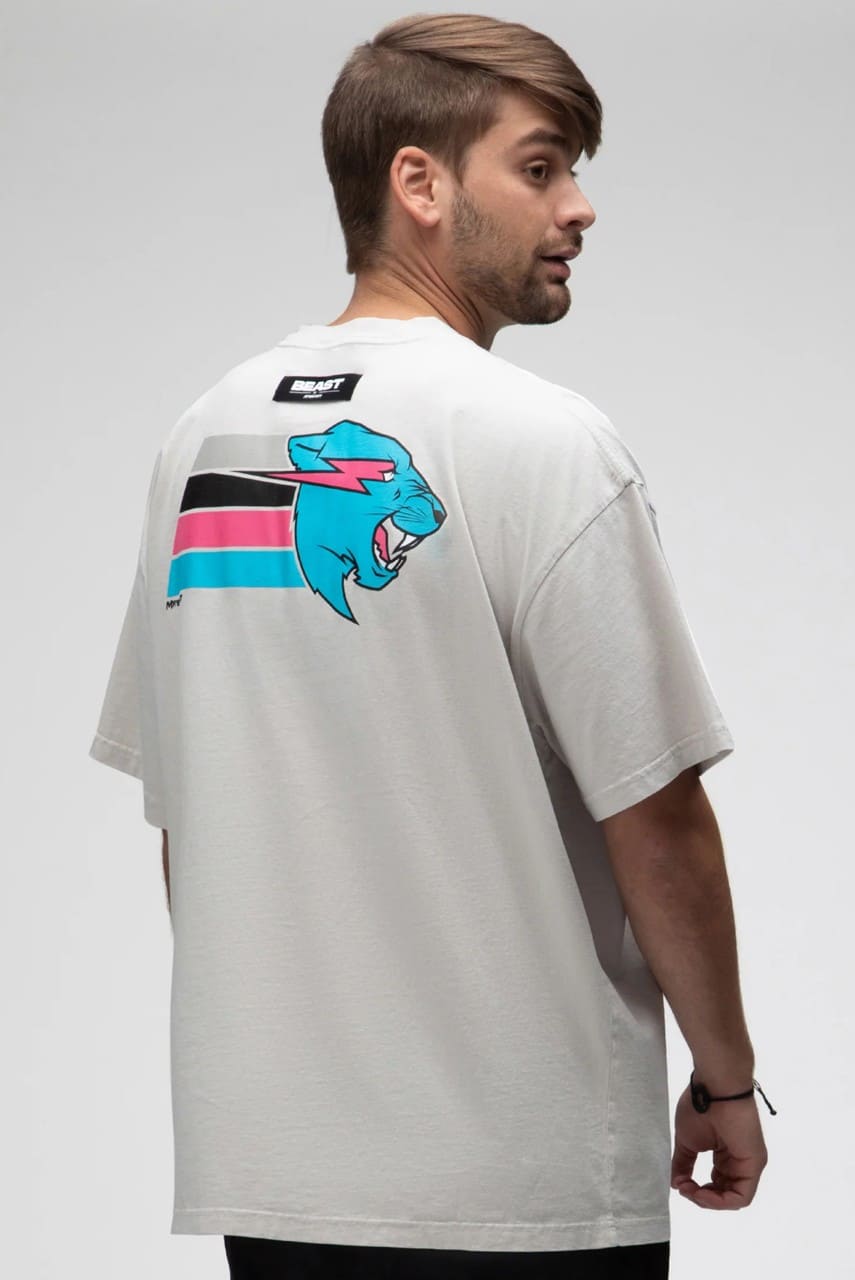
What happened?
Jimmy “MrBeast” Donaldson turned his YouTube success into a merch machine that brings in millions monthly. His “Beast” hoodies and t-shirts are as iconic as his videos, and his drops often sell out within hours.
Why does it work so well?
Content-driven marketing: Every video becomes an ad for merch
Huge reach: 200+ million subscribers across all channels
Charity: Fans know that buying helps with his philanthropy
Quality brand: Professional design and premium materials
What do the figures say?
Authentic design: Felix himself designs and wears the products
- $2.25 million per month from merch sales
- 40% of annual income comes from merchandise
- $473 million total business revenue in one year
- Millions of fans ready to buy on command
What people said:
“His merchandise operation brings in approximately $2.25 million monthly through his online store” – The USA Leaders
“Approximately 40% of his yearly income comes from merchandise sales” – Multiple sources
“Beast has successfully tapped into the merchandise market. From t-shirts to hoodies and even limited-edition items, his fans eagerly support his brand” – Untaylored
Lessons for merch creators:
- Content = Marketing – Integrate merch naturally into your content
- Scalable – Build flow that can handle massive demand
4. Sidemen Clothing – £1.2 Million Net Profit and Growing

What happened?
The British YouTube group Sidemen (including KSI) built a clothing line that went from garage project to multi-million dollar business. Their hoodies, t-shirts and accessories are must-haves for UK YouTube fans.
Why was it successful?
Strength in numbers: 7 creators with combined 100+ million followers
UK streetwear aesthetic: hitting the right trend at the right time
Individual + collections: Both group merch and minor product lines
Loyal community: Sidemen fans are extremely loyal
What do the figures say?
- £1.2 million net profit according to official figures
- £3.9 million turnover according to Pomanda
- $2 million annual income according to MSN estimates
- 21.6 million dollars in total merch sales according to Reddit
What people said:
“Sidemen clothing released its annual accounts today and the company made £1.2 million net profit – Reddit r/Sidemen
“This project allegedly earns them around $2 million annually” – MSN
“The lads have made 21.6 million dollars of merch” – Reddit fan analysis
Lessons for merch creators:
- Collective power – Collaborate with other creators for greater reach
- Local trends – Understanding your market (UK streetwear in this case)
- Multiple products – Different products for different segments
5. James Charles “Sisters Apparel” – From Viral to Vanished
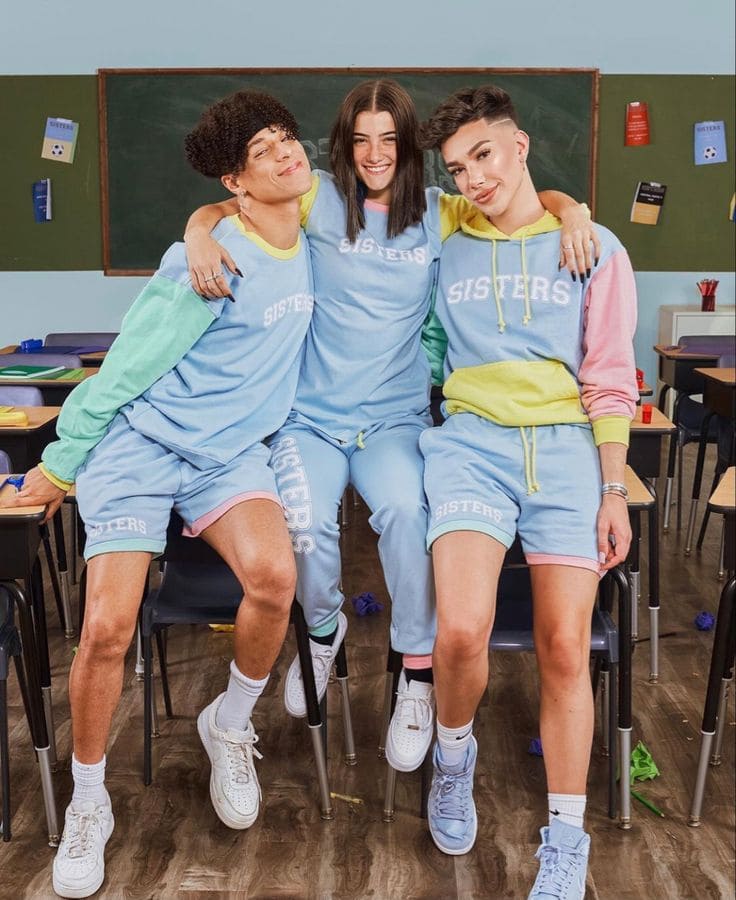
What happened?
James Charles launched Sisters Apparel in 2018 which became an instant success, with hoodies and t-shirts selling out in record time. The brand became so big that it was temporarily taken down during YouTube drama in 2019, which only proved its power.
Why did it become so big?
Beauty + Fashion combo: First beauty influencer to succeed with clothing brand
Catchphrase power: “Hi Sisters!” went viral
LGBTQ+ representation: Filling a gap in the market
Young demographics: Gen Z’s buying power on full display
What do the figures say?
- Immediate sell-out for all major releases
- Millions in sales according to industry estimates
What people said:
“Enter Sisters Apparel-his clothing line that became an instant hit. From sister-themed hoodies to playful catchphrases, James’ merch was more than just clothing” – Aestetica
“Sisters Apparel, James Charles’ Merch Store, Has Been Taken Offline Amid The Ongoing Drama” – BuzzFeed (proving its importance)
“YouTuber James Charles recently worked with Killer Merch on the distribution for his product line, Sisters Apparel” – Quora
Lessons for merch creators:
- Catchphrases sell –Viral expressions become viral merch
- Drama can destroy – Build sustainable brands, not just hype
How to create your own “Shut Up and Take My Money” merch
1. community before commerce
All successful creators first built a dedicated following. PewDiePie had millions of followers before he sold his first t-shirt.
Tips! Better 10,000 really engaged fans than 100,000 passive ones. Quality over quantity. Always.
2. limited edition > desperation
Limited edition creates desperation. All these creators use “limited time” and “limited quantity” for their best merch.
3. design with purpose
Successful merch says something about the wearer’s identity. “Bro Army”, “Maverick”, “Sisters” – all created belonging.
Actionable tip: Ask yourself: “What does this hoodie say about the person wearing it?” If the answer is “nothing” – redesign.
4. Premium quality = premium prices
All these creators focused on quality, not cheap alternatives. Fans are happy to pay more for something they are proud to wear.
Actionable tip: Invest in high-quality materials and products.
5. Event-driven launches
Link drops to big moments: new videos, milestones, collaborations, or seasons.

